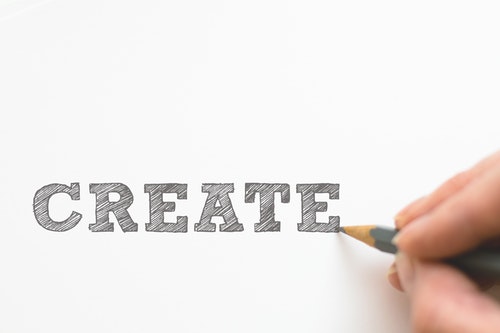Animations have been part of marketing campaigns for several decades now. Starting with stop motion graphics in the forties, animation has been pivotal in campaigns targeted at capturing audience interests and creating brand recognition. The use of animation in online advertising has spurred over the past decade thanks to faster internet. Explainer videos, YouTube advertising and viral video marketing campaigns have all enabled businesses to create effective brand narratives, often at very low budgets. In fact, according to one survey, more than 87.5% of marketers used visual content in over 50% of the articles they published.

Thanks to modern animation software apps, there is greater ability than ever to produce animation at relatively low budgets. This has also meant that marketers no longer invest as heavily in building a brand strategy before investing in animation. This can backfire since poorly executed videos and animations often tend to derail your marketing campaigns overall and bring your overall ROI down.
Here are a quick set of things to consider when it comes to using animations for your marketing campaigns…
Hire the right experts
Although animation is extensively used for marketing campaigns, it is worth noting that the skills and expertise necessary to execute them are not necessarily traits that every marketer is equipped with. It is thus important to hire top animation experts who can advise you on the right strategy for your business.
Does an explainer video make sense for your business? Would the use of animation in your social media campaign distract or engage your customers? Do you go for a whiteboard animation campaign or something more expensive? These are questions that an expert would be able to answer. As a marketer, it is worth listening to their opinion rather than invest your marketing budget based on your gut feel.
Invest in the right assets
Although animation can help a marketer engage their audience better than text or even images, it is important to know where you draw the line. Businesses with in-house designers tend to often go an overkill and embed animation even where it is not required. Depending on your industry, you may need to identify the right assets where you include animations.
Take the example of email marketing. This is an asset that is used by almost every marketer today. Consumer focused businesses like fashion eCommerce sites benefit from using animation within their email messages. Simple and effective animations like a 360 degree apparel view or zoom-in from within the email inbox are effective in driving engagement and conversions. Such campaigns do not require exhaustive animations. Animated GIFs that convey the message will do. As Luciana Nitu from social media collaboration tool Planable writes in her article on marketing collaterals, using the right assets can be crucial in your marketing success.
If you use a CRM tool for customer outreach, you may also consider investing in a tool that permits you to quickly design outreach messages that can include such animations. Identifying the right assets that work for your marketing and knowing what kind of animation drives engagement and conversion is critical to maximizing success with animation.

Quality Over Quantity
Animation is extremely effective over certain marketing platforms like social media. This is especially true for apps like Instagram and YouTube where visual content is the primary driver of engagement. Having said that, it is important to maintain a fair balance between quality and quantity. Although animation drives engagement, it is worth investing in one video or animation clip over a dozen.
Share Your Thoughts…
Do you use animation to drive your marketing campaigns? Share your lessons in the comments.


